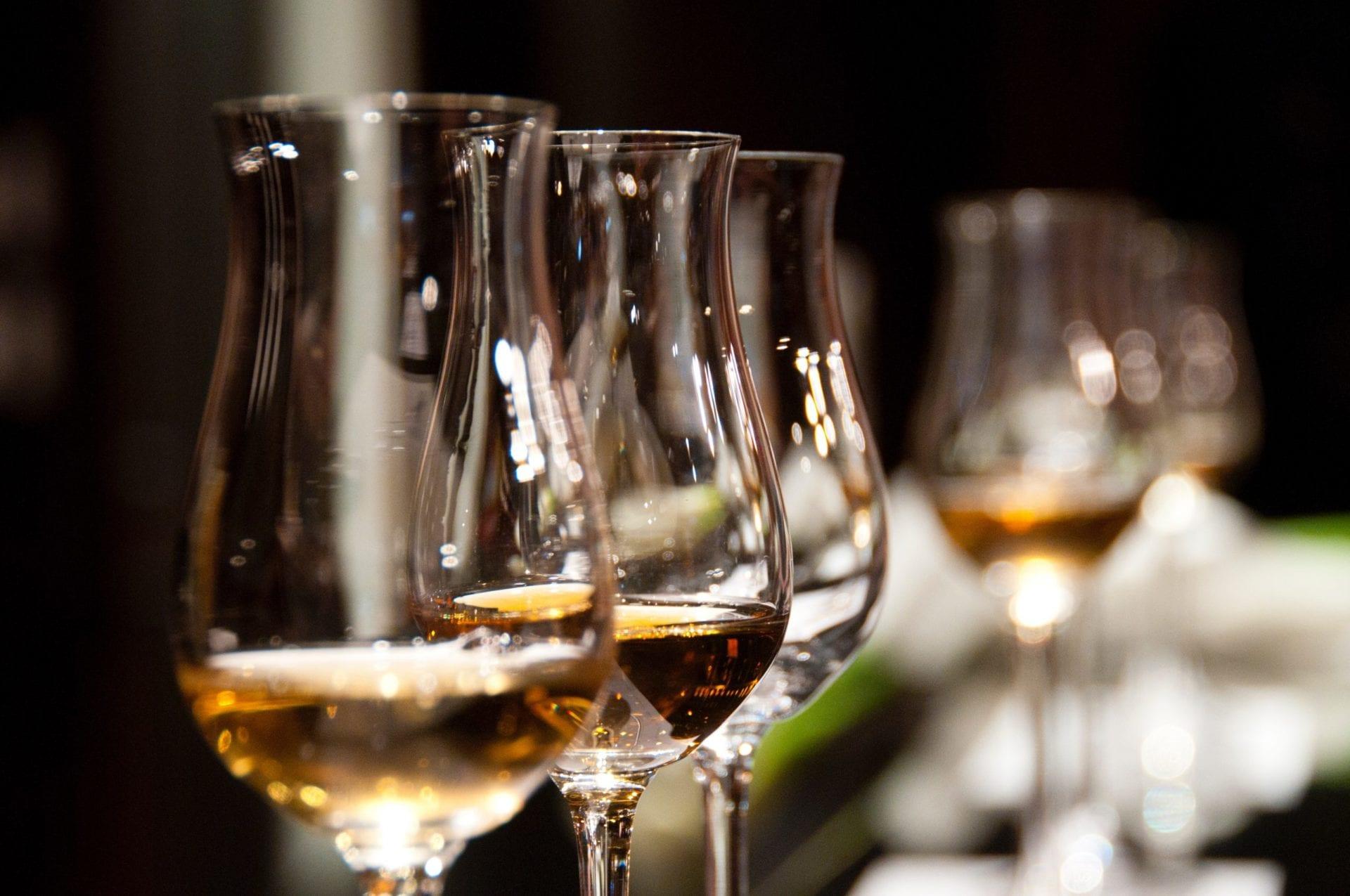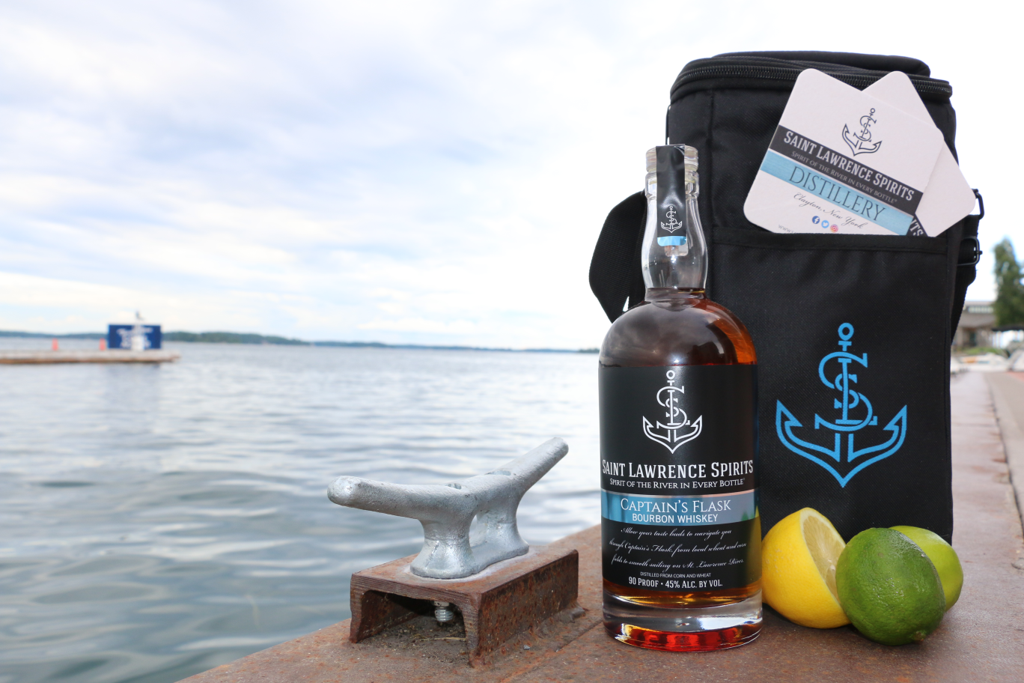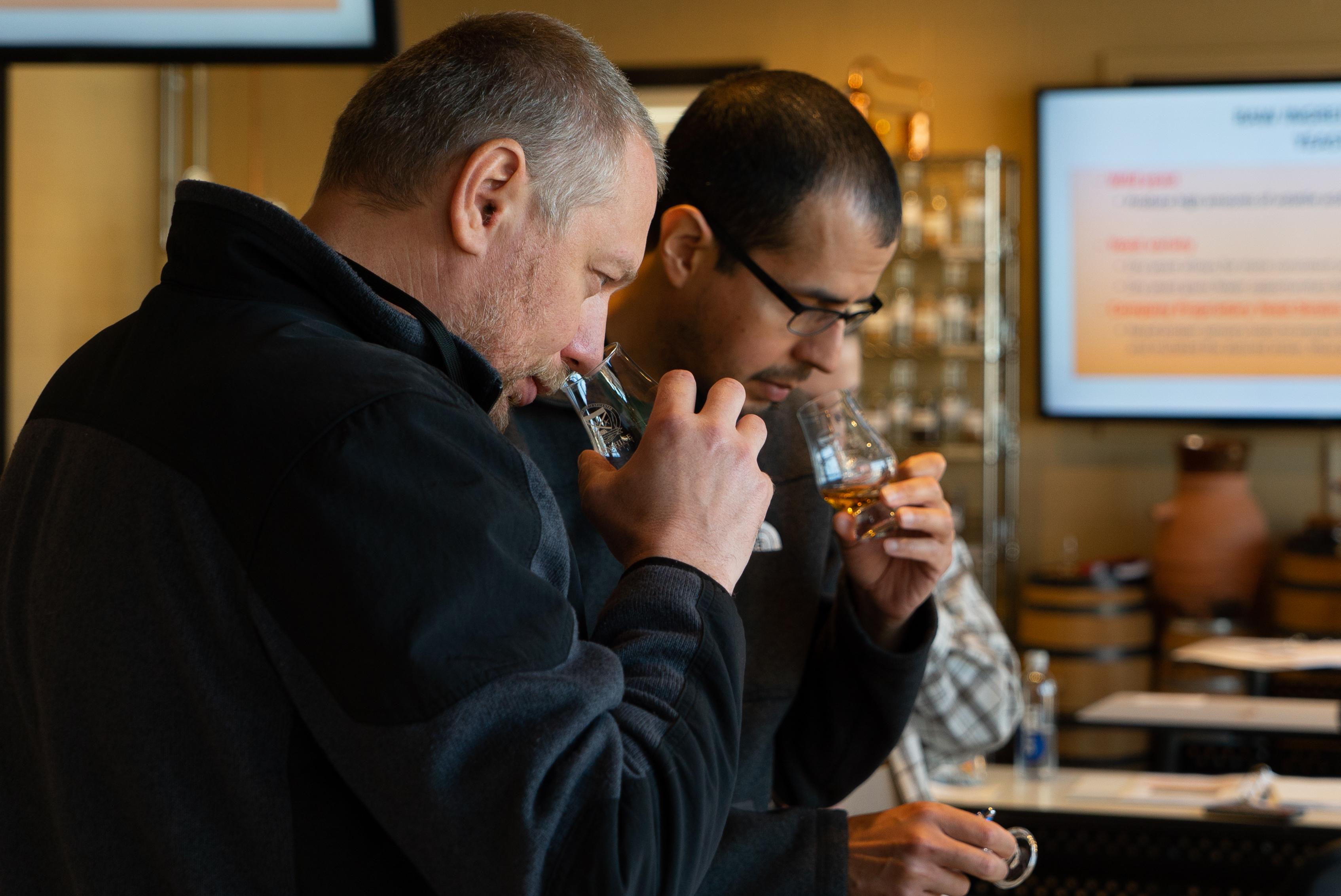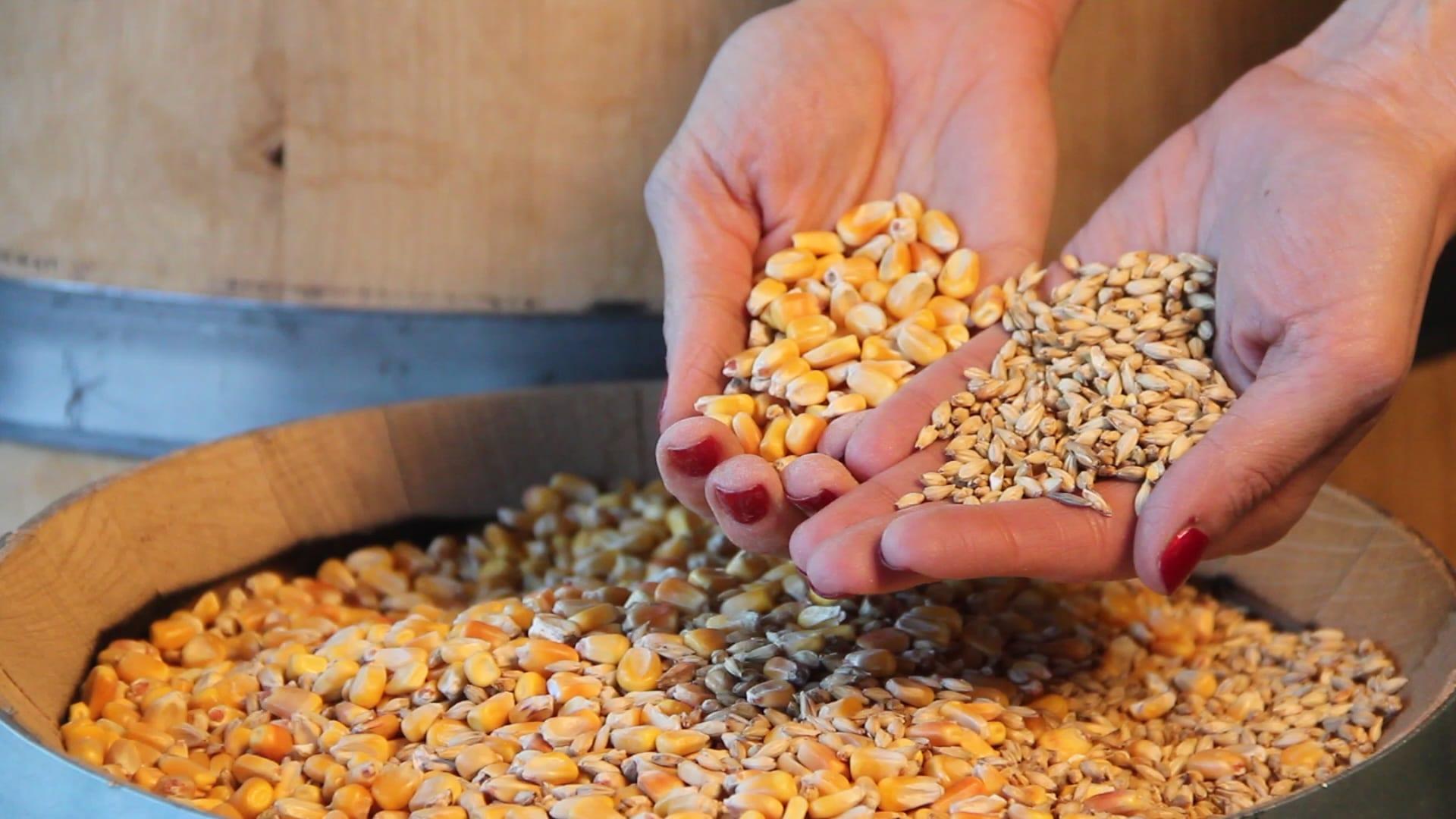
The Art of Non-Alcoholic Spirits
blog
For decades, spirits and cocktails have fostered a culture of craft, connection, and celebration. But over time, cocktail culture has evolved far beyond the buzz!

Written by Danielle Kellar, Events & Marketing Coordinator, Saint Lawrence Spirits.

Craft distilling has skyrocketed over the past decade. In 2005, there were fewer than 100 active distilleries in the United States; by the end of 2018, that number jumped to over 1,800 active craft distilleries. To put things in perspective, a craft distillery is classified as a producer who distills no more than 75,000 proof gallons per year. In 2017, the craft spirits industry reached more than $3.7 billion in total sales, more than tripling the craft distilling industry's market share since 2012.
Just like in any business venture, branding your craft spirits company is central to your success - and with the recent growth of craft spirits, it's now more important than ever. Here are three considerations for building a brand that will stand out in this increasingly competitive industry.

This is key. With so many fresh start-ups, how does a new distillery stand out and guarantee they don't get overlooked at the bar, or on an already cram-packed shelf at the liquor store? It all comes down to branding - you must create a brand that people will recognize and ask for.
Your brand is one of the most important things when it comes to your craft distilling business. From the consumer perspective, it defines and sets your company apart, and it can ultimately determine your success. Your brand is the first thing a customer will notice about your products - and may be the determining factor in a customer's purchase decision. It's important to make it memorable by conveying messaging that complements the quality and story of your product.

When it comes to creating your brand, it takes more than just coming up with a crafty name. Yes, your brand name is important, but what's more important is what your name stands for. How does your name connect you to the brand and image you're trying to create? Does it tie you into your locale? Is your name related to a family legacy? Does it connect with your ingredients in some way? What's the story? These are all important questions to consider when creating a brand identity that's unique and memorable to consumers, but also true to your business and your product.
So what does this look like?
A brilliant example of clever branding is craft distillery Saint Lawrence Spirits, located in Clayton, New York. When defining their brand, the team took into account their location, as well as their distillation process. These factors provided the main ingredients in inspiring the creative development for their brand identity.
The distillery sits on and overlooks the breathtaking Saint Lawrence River, but it's also the only distillery to use water from the river to proof down their spirits, providing The Spirit Of The River In Every Bottle®. Their initials (SLS) were set into the shank of an anchor to create the brand logo. Likewise, Saint Lawrence Spirits' products all support names that pay homage to the river or the northern New York region: Even Keel Moonshine, Captain's Flask Bourbon, Penet Square Gin, and Rye Knot Whiskey, to name a few.
Creating a brand that makes your company stand out not only helps your craft spirits get recognized, but works to create business value as well; however, you'll need to make sure your messaging is consistent across the board in order to achieve success. Think of it as a chain reaction:
Through time, a strong and consistent brand will give your company better leverage in the industry and allow you to enjoy the success that comes with being better established in the marketplace.
Written by Danielle Kellar, Events & Marketing Coordinator, Saint Lawrence Spirits.
Related Content
Building Distributor Confidence through Branding

blog
For decades, spirits and cocktails have fostered a culture of craft, connection, and celebration. But over time, cocktail culture has evolved far beyond the buzz!

blog
Those that are familiar with the process of crafting distilled spirits may also be familiar with the 10 common congeners that are created during fermentation, and honed during the distillation run. Each congener has its own distinct personality, rendering unique tastes and aromas to the finished spirit.

blog
So, you want to start distilling with freshly milled grain. Maybe you're tired of paying top dollar for the pre-milled stuff from the malt distributor, and you're ready to invest in the quality, efficiency, and bulk pricing that comes with milling your own whole grain. But where do you start?